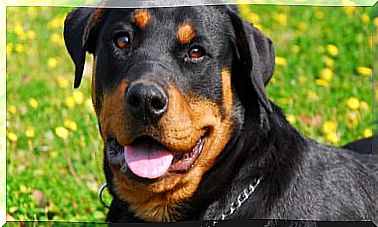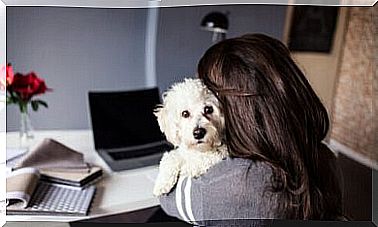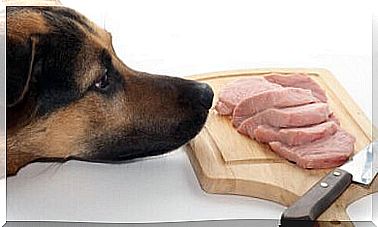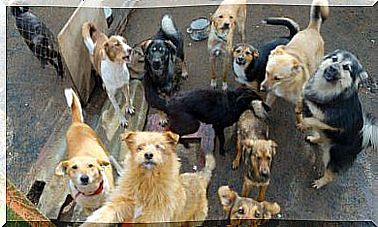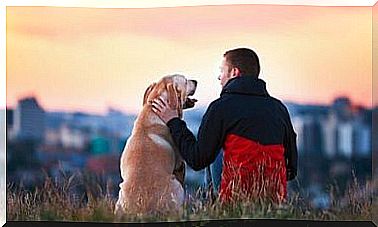How Social Networks Change Our Perception Of Animals

There is no doubt that we live in a globalized and constantly communicating planet. The internet allows users to share, acquire knowledge and even make a living. We live in the information age, but how do social networks interact on the perception we have of animals?
Despite the many benefits of online media for the general population, there are some considerations we need to take into account when exposing our pets to this world or when looking for reliable information about the animal kingdom.
Internet and its expansion
It is no surprise to anyone that social networks are booming. However, here are some data to put their real importance into perspective:
- In 2019, it was estimated that 4.54 billion people have access to the internet, or 59% of the world’s population.
- Instagram currently has 1 billion active users.
- The Facebook platform has registered a total of 2320 million users worldwide.
As we can see, these are astronomical figures. Several studies show how this activity translates into the world of animal care.
For example, the search rate of 80% of terms analyzed in relation to pet care (for example, pet shop, dog, dog food) has increased dramatically over the past four years. As a curiosity, “pet shop” is the most sought after of all the terms analyzed.
On the other hand, a notable increase in pages focused on animals has also been observed in social networks. It is estimated that, as far as the world of pets is concerned, there are more than 100,000 active links to some portals.
All these data try to show the importance of pets in the information age. Not only are they featured in adorable photos and videos, but their owners are also constantly looking for information to help their pet live the best.

Social networks and animals: lights and shadows
According to several scientific studies, social networks can alter our perception of the animal world. This statement depends a lot on the context and the stratum of the population analyzed.
For example, when the various participants were presented with two primate stories (one in favor of keeping monkeys in captivity and one against), the results were very different. It should be noted that the image accompanying the article was the same in both cases:
- Participants exposed to negative news attributed higher stress levels to the animal in the image.
- The negative news sparked a discussion in the comment box, where “echo chambers” were produced in which nearly all members expressed a similar opinion.
- The news that he was positive about raising monkeys as pets caused more distrust among readers.
- In general, it was noted that participants talked less about animal welfare on social networks than on other non-social media.
It can therefore be seen that the response of Internet users to the same image largely depends on the context provided. This can, to some extent, soften or increase the level of awareness and critical thinking about the animal world.
Social networks and education
In addition to these findings, other research has investigated the impact of the presence of animals in social networks and educational media on children.
The existence of drawings, imitations and interpretations of various living beings was deemed negative for children’s awareness of nature and ecosystems. This is because children associate nature with a distorted and distant view from reality.
These studies have shown, for example, that the presence of anthropomorphic animal figures (interpreted from the human point of view) in the teaching material does not affect at all the level of understanding of living beings by children.
However, exposure to more realistic information about the natural world has allowed for more knowledge to be acquired, regardless of the anthropomorphic figures, drawings and material that accompanied the didactic contents on display. As long as the information is reliable, knowledge is assured.

Social networks and animals: a question of nuances
As we have seen, the interaction between social networks and animals in human culture is complex to say the least. For example, children do not seem to be impressed by the presence of information material transformed from a completely human point of view.
On the other hand, studies show that depending on the source and information, we can attribute different characteristics to the same images of animals, modulating the level of debate depending on the portal in which we find ourselves.


